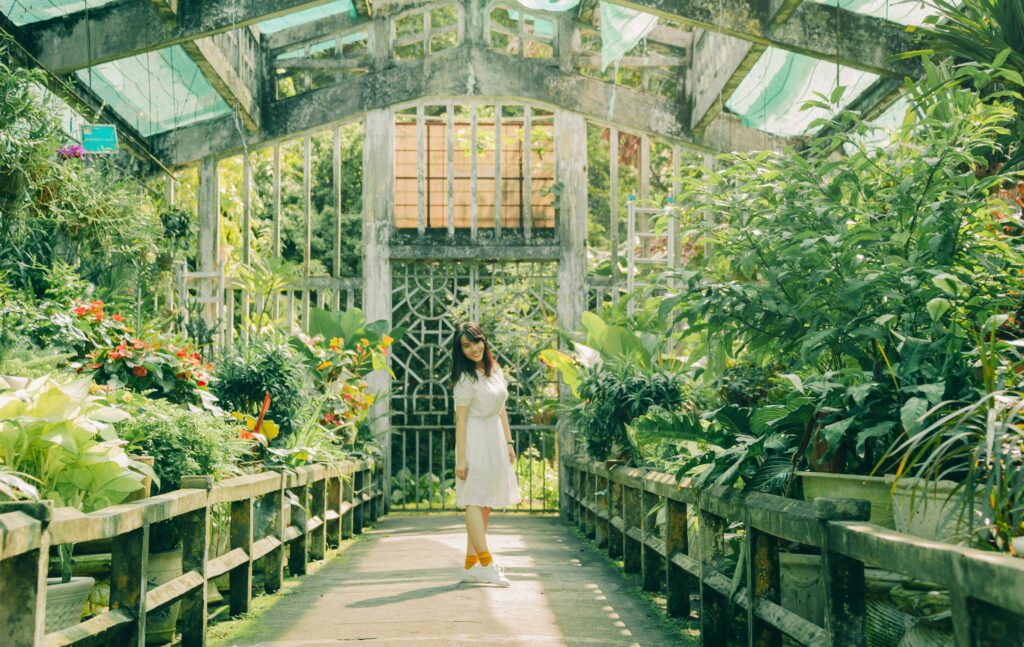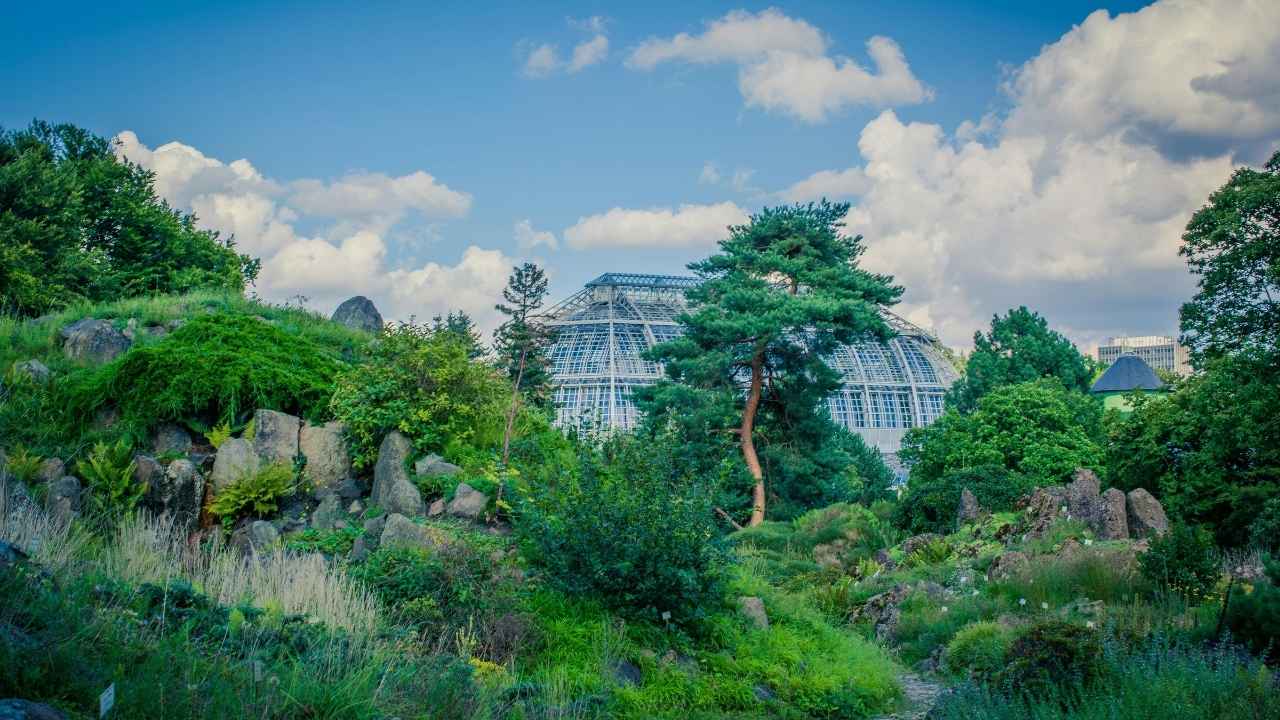If you haven’t tried gardening with a freestanding greenhouse yet, it can be a fantastic addition to your outdoor space. However, before making the investment, it’s important to weigh the pros and cons. Freestanding greenhouses typically offer greater flexibility and more sunlight exposure compared to attached greenhouses, but they also come with their own set of challenges. Here are three important drawbacks of freestanding greenhouses that every gardener should consider.
Higher Initial and Maintenance Costs
Perhaps the biggest con of a freestanding greenhouse is the price. Unlike an attached greenhouse, which shares a wall with an existing building, a freestanding greenhouse needs its own full frame, roof and foundation, as a result making it more expensive.
- Construction Costs: You need to invest in superior materials, such as glass or polycarbonate panels, a strong frame, and flooring. Making matter worse, professional installation can also drive up costs even more.
- Heating and Cooling Expenses: Unlike attached greenhouses that can take advantage of the insulation of an existing structure, free standing greenhouses require their own systems for heating and cooling. This drives up energy bills, especially during extreme weather.
- Maintenance Costs: Freestanding greenhouses require ongoing maintenance over time, such as patching leaks, replacing shattered panels, and preserving temperature regulation systems, all of which lead to long-term costs.
Space and Location Challenges
A freestanding greenhouse also takes up a large amount of outdoor space. If your yard is too small or doesn’t offer enough open area, installing a greenhouse may be impractical.
- Land Availability: In contrast to lean-to greenhouses, which are designed to fit against the side of a building, freestanding greenhouses require space of their own with adequate sunlight and ventilation.
- Accessibility Issues: If a freestanding greenhouse is built too far from your home, it may not be accessible during adverse weather conditions.
- Exposure to Elements: Being freestanding, you will have to do a lot more for reinforcements and protection against high winds, storms, and heavy snow.

Increased Energy Requirements
A freestanding greenhouse, without an attached structure to provide thermal support, has a difficult time managing its climate. This translates to increased energy demands to achieve ideal growing conditions.
- Temperature Regulation: A freestanding greenhouse isn’t buffered by a wall of a house, so it experiences more severe temperature swings. The process of heating in winter and cooling in summer becomes energy-intensive.
- Water and Electricity Supply: Additional water and electrical lines may need to be drilled and connected, which can be inconvenient during setup and costly in the long term.
- Cost of Lighting: In collectively low-light season months or in winter months; supplementary grow lights are required leading to added electricity expenses.
Conclusion
Though excellent growing environments, stand-alone greenhouses have significant disadvantages, like higher costs, restricted by space and greater energy requirements. Carefully assess your budget, available land, and ability to care for any animal you are considering before investing in one. For any serious gardener willing to deal with the challenges, a freestanding greenhouse can still be a gratifying investment.
So would I still choose a freestanding greenhouse with these disadvantages? Tell us in the comments below!
FAQs
What are the disadvantages of a freestanding greenhouse?
Freestanding greenhouses yield lower energy efficiency because their four sides face direct exposure to the atmosphere. When gardener access considers freestanding greenhouse structure along with general convenience since gardeners need to step out to check on their plants within the greenhouse.
What are 3 disadvantages of the greenhouse effect Why?
The greenhouse effect protects us neither during present conditions nor the future since it poses a threat to human existence. Several major consequences include coastal city floods, fertile land conversion into deserts, glacial mass melting and the increased frequency and severity of lethal hurricanes.
What are the advantages of free standing greenhouses?
The major advantage of owning a freestanding greenhouse stems from unrestricted possibilities regarding dimensions and architectural choices and the unlimited light availability. Freestanding greenhouses provide superior lighting since sunlight can reach the facility through all its four sides.
What are the disadvantages of greenhouses?
Cons of Greenhouse Farming
- Production costs are expensive.
- The initial construction expenses required for building this structure are high.
- No natural pollination.
- May need special permitting.
- Disease pressure can be high.
- Knowledge requirements for this method must be substantial.
- Greenhouses have restricted their production scope to valuable farm crops.
What is 3 greenhouse effect?
Earth retains trapped heat at surface levels through the process of greenhouse effect which depends on two key gas categories called greenhouse gases. Greenhouse gases form a warm and comfortable planetary blanket that enhances earth’s temperature above what normally occurs.
